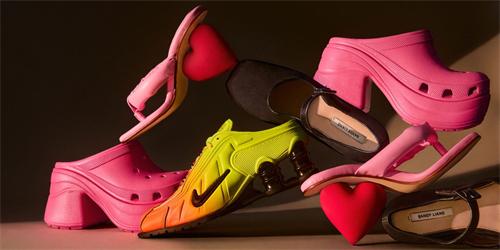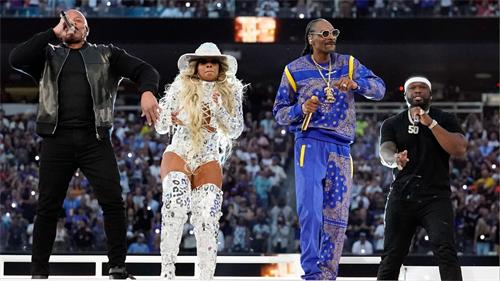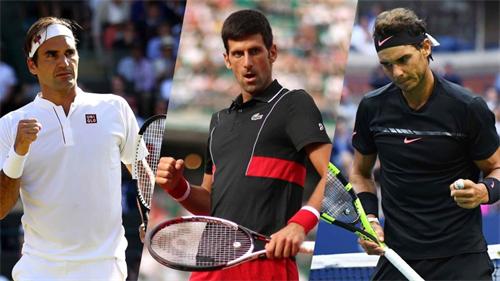Why ‘Ugly’ Shoes Like Crocs and Dad Sneakers Became Cool

In recent years, the fashion world has quietly embraced a trend often dubbed "ugly fashion," with previously ridiculed footwear like Crocs, Birkenstocks, and dad sneakers suddenly going viral and becoming must-have items among young people. But why have these so-called “ugly shoes” become so popular? Are they truly “ugly,” or have they somehow become cool?
Crocs were first launched in the U.S. in 2002 and quickly gained global popularity thanks to their comfort, lightness, breathability, and water resistance. Though their quirky appearance initially repelled many and earned them the label of "ugly shoes," it was precisely this anti-mainstream design—paired with outstanding functionality—that turned Crocs into beloved choices for outdoor activities, everyday wear, and even runway shows. The name “Crocs” is short for “crocodile,” symbolizing resilience and adaptability, reflecting the shoe’s amphibious versatility and wide range of uses.
Birkenstocks have also long been debated for their unconventional aesthetics. However, this German brand, with over 200 years of history, is renowned for its ergonomically designed footbeds, earning loyalty from comfort-focused consumers. In recent years, Birkenstock has broken the stereotype of “comfortable = unfashionable” through collaborations with high-end fashion houses, such as its collection with designer Christopher Kane, successfully transforming its image from “ugly shoe” to fashion icon.
Dad sneakers, on the other hand, deliberately break the usual sleek and lightweight sneaker aesthetic. Featuring chunky soles, bold colorways, and retro styling, they present a rebellious form of fashion. This “ugly-cool” style not only grabs attention but also delivers comfort, with thick soles and shock-absorbing designs providing a walking-on-clouds experience—making them practical for walking, commuting, and even running.
The Fashion Code Behind "Ugly": Anti-Mainstream Aesthetics and Self-Expression
The rise of these “ugly shoes” isn’t just about function. It’s about challenging conventional beauty standards and embracing designs that defy the norm. These shoes aren’t ugly for the sake of it—they’re intentionally crafted to explore alternative styles and celebrate individuality, resonating with a growing demand for uniqueness.
Historically, this “ugly-chic” trend isn’t new. Take, for example, the shoulder-padded suits of the 1980s—considered avant-garde at the time and now often cited as quintessential “ugly fashion.” High-fashion brands like Balenciaga (with its “French fry box” sneakers) and Maison Margiela (with its split-toe shoes) have also continually pushed the envelope, sparking discussion by breaking boundaries and stirring controversy.
Ultimately, this reflects the core of fashion itself: a continuous cycle of challenging and reshaping aesthetic norms, in tune with cultural conversations about freedom, diversity, and identity. What’s considered “ugly” today might very well be tomorrow’s trend, depending on the context and message it conveys.
As the old saying goes, “fashion is a cycle.” In the ever-revolving world of style, designs once dismissed as tacky or unattractive can be reborn as fashion statements under new aesthetics and cultural lenses.
The popularity of “ugly shoes” may seem like a rebellion against traditional beauty, but in truth, it’s the result of a blend of comfort, function, personality, and cultural resonance. As people shift their focus from outward appearances to individual experience and self-expression, unconventional shoes find their moment to shine as new fashion benchmarks.
RECOMMEND FO YOU



